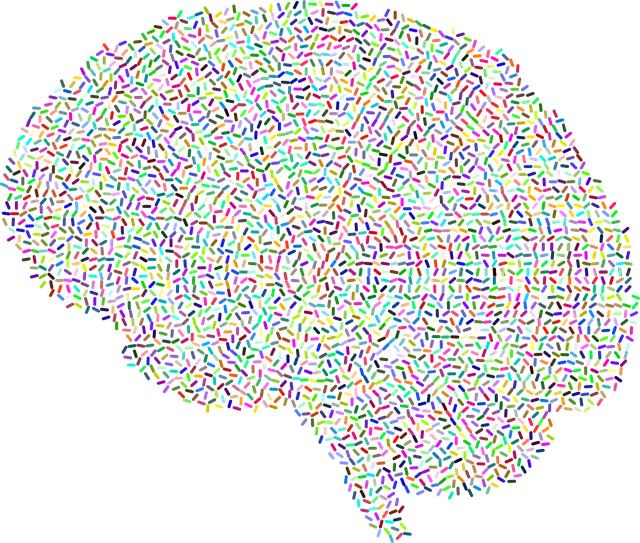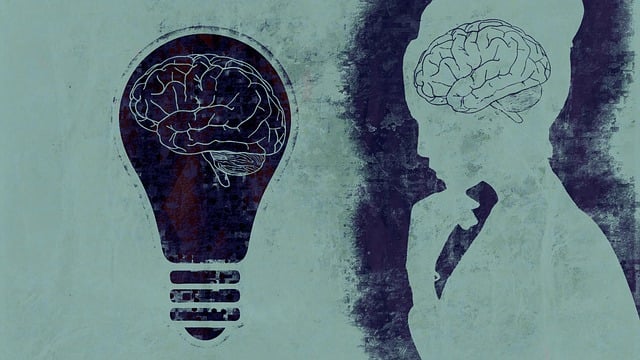Greenwood Village's mental health education programs begin with a comprehensive needs assessment to identify unique community challenges, such as stress management and emotional regulation under urban pressures. Through collaboration with stakeholders, specific goals like enhancing coping skills in at-risk adolescents using Dialectical Behavioral Therapy (DBT) are set, promoting inclusive mental health policy advocacy. Accessible resources, like the Mental Wellness Podcast Series and Risk Management Planning, support professionals in providing tailored interventions crucial for addressing the community's specific DBT needs, fostering holistic well-being.
Mental health education programs play a pivotal role in fostering well-being and resilience. This article guides you through designing an effective program, from assessing needs and setting goals to implementing evidence-based practices like Greenwood Village Dialectical Behavioral Therapy (DBT). Learn how to create a structured curriculum, facilitate engaging sessions, and continually improve based on participant outcomes. By integrating these strategies, you can empower individuals with the tools they need for better mental health.
- Assessing Needs and Setting Goals for a Mental Health Education Program
- – Identifying target audience and their unique mental health challenges
- – Conducting needs assessments and gathering stakeholder input
Assessing Needs and Setting Goals for a Mental Health Education Program

When designing a mental health education program, the initial step involves meticulously assessing the community’s unique needs. This process is pivotal in ensuring that the program aligns with the local context and addresses pressing issues. For instance, in Greenwood Village, focusing on areas such as stress management, emotional regulation, and coping skills development could be relevant, given the potential pressures of urban living. Engaging with diverse populations also demands cultural sensitivity in mental healthcare practice, requiring a nuanced approach to cater to different backgrounds and experiences.
Setting clear goals is paramount for any successful program. Goals should be specific, measurable, achievable, relevant, and time-bound (SMART). For a Dialectical Behavioral Therapy (DBT) initiative in Greenwood Village, a goal could be to enhance coping skills among adolescents at risk. This would involve tailoring educational content to equip them with evidence-based strategies for managing emotions, reducing distress, and fostering resilience. Integrating these goals into the program design also encourages advocacy for mental health policy analysis and advocacy, pushing for more inclusive and effective support systems within the community.
– Identifying target audience and their unique mental health challenges

Understanding the specific needs of the target audience is a cornerstone when designing mental health education programs. In Greenwood Village, where access to resources like Dialectical Behavioral Therapy (DBT) can be pivotal, it’s crucial to tailor interventions to address the unique mental health challenges faced by its residents. These challenges might include managing stress levels, particularly in a fast-paced suburban setting with demanding work and family lifestyles.
By focusing on these community-specific issues, programs can offer targeted solutions, such as the Mental Wellness Podcast Series Production, which provides accessible information on DBT techniques and other evidence-based practices. Additionally, Risk Management Planning for Mental Health Professionals should be integrated to ensure practitioners in Greenwood Village are equipped with strategies to navigate complex cases effectively, enhancing overall mental health support within the community.
– Conducting needs assessments and gathering stakeholder input

In designing an effective mental health education program, such as those offered by Greenwood Village Dialectical Behavioral Therapy, a thorough needs assessment is paramount. This process involves understanding the specific mental health challenges prevalent within the target community or organization. By gathering data and insights from stakeholders, including individuals with lived experiences, healthcare professionals, and community leaders, the program can be tailored to address pressing concerns. For instance, needs assessments might reveal elevated stress levels among young adults, leading to the implementation of specialized Stress Management Workshops.
Input from various sources ensures that the education program is not only relevant but also aligned with the unique requirements of the population it aims to serve. This collaborative approach, which incorporates stakeholder feedback, enables the creation of engaging and impactful initiatives focused on Resilience Building and Self-Care Routine Development for Better Mental Health—a strategy that fosters holistic well-being in Greenwood Village.
Designing an effective mental health education program requires a deep understanding of the target audience’s unique needs. By identifying specific mental health challenges among individuals in Greenwood Village and engaging stakeholders through needs assessments, we can create tailored interventions. Incorporating evidence-based practices like Dialectical Behavioral Therapy (DBT) ensures that the program addresses core issues effectively. This strategic approach fosters a supportive environment, enhances resilience, and promotes overall well-being, ultimately benefiting the mental health landscape in Greenwood Village.














